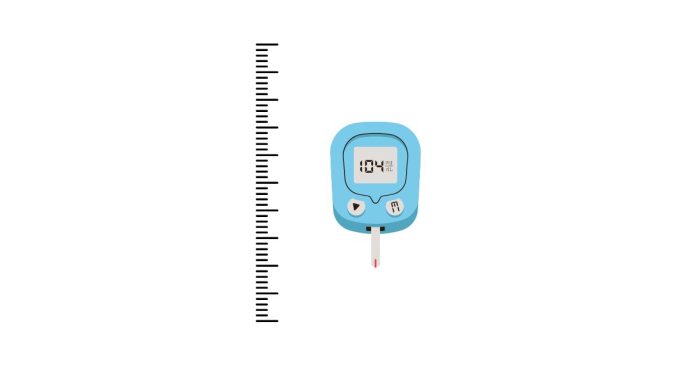A depth of 1 meter is equal to 100 centimeters or 39.37 inches. To put this into perspective:
It’s roughly 3.28 feet.
About the height of an average countertop or a yardstick.
Comparable to the length of a golf club or a standard walking cane.
1 meter is a standard unit of length in the metric system, equal to:
100 centimeters
1,000 millimeters
39.37 inches
3.28 feet
It is slightly longer than a yard (which is 36 inches). The meter is used worldwide as a fundamental unit for measuring distance, depth, height, or length.
1 meter (m) is the base unit of length in the International System of Units (SI). It’s used worldwide in scientific, everyday, and engineering measurements. Here are some key points about 1 meter:
1. Definition
Historically, the meter was defined in terms of the Earth’s dimensions, but now it is defined based on the speed of light:
1 meter = the distance light travels in a vacuum in 1/299,792,458 seconds.
2. Relationship to Other Units
1 meter = 100 centimeters (cm)
1 meter = 1,000 millimeters (mm)
1 meter = 3.28084 feet (ft)
1 meter = 39.3701 inches (in)
3. Everyday Use
The meter is commonly used to measure:
Height/Length: Human height, room dimensions, or the length of objects.
Distances: Road signs, sports fields (e.g., a 100-meter race), or travel distances in countries using the metric system.
4. Scientific and Engineering Applications
In physics, the meter is used to measure wavelengths of light, distances between celestial bodies, or the size of microscopic structures.
In engineering, it helps with designing infrastructure, machines, and other technology.
5. Visualizing 1 Meter
Height: About the height of a doorknob from the ground.
Objects: A typical baseball bat or a large ruler is about 1 meter in length.
The meter serves as a cornerstone in the metric system, providing a standardized way of measuring length and making global measurements consistent.


